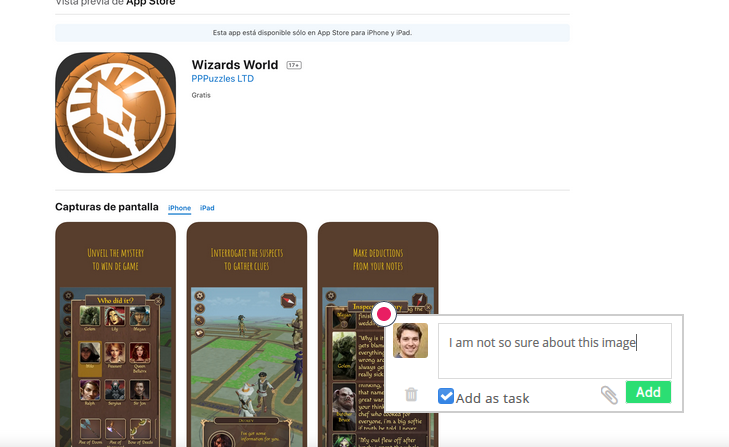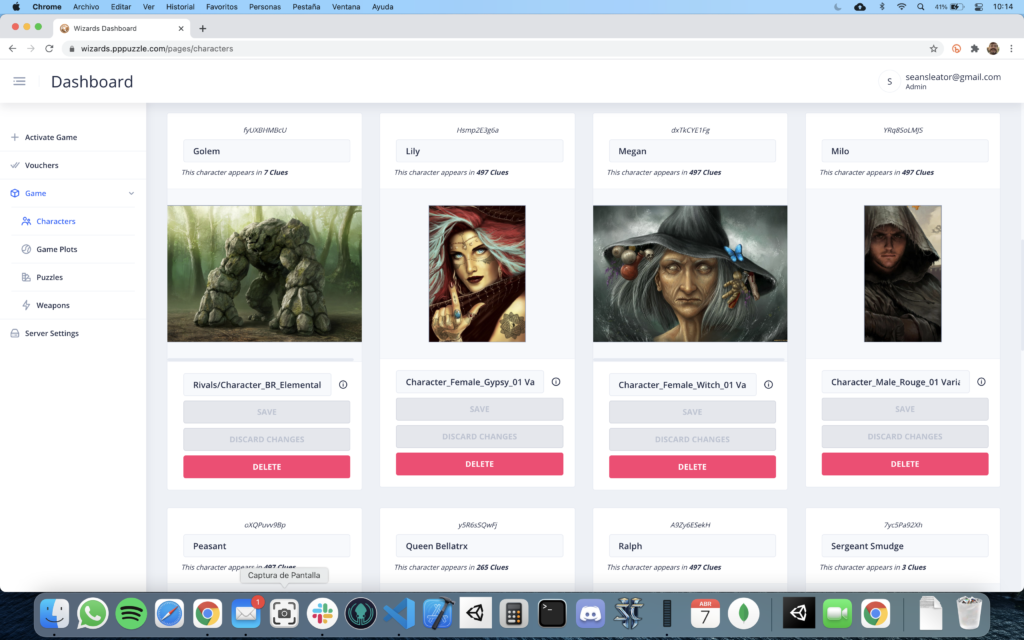Collaborate visually on JIRA with zipBoard
Sign up and start collaborating with your team! No credit card required.

Table of Contents
ToggleRaschid J. F. Rafaelly is a Technical Product Consultant and a Senior Product Manager. He specializes in building strong pipelines for his clients in the realm of product development and, yes, he does a lot of coding. While working with a client to develop a particular product, Raschid assembles the team himself and does everything from being the point of contact and building a sustainable development strategy.

Considering the plethora of responsibilities that are on Raschid’s shoulders any given day, in the least, we can say that his days are not boring. Not to mention, he is the bridge that connects his developing team with the clients and also keeps the guest reviewers in the loop. Needless to say, as an individual, he needs to stay most organised while working with individuals from different backgrounds.
As someone who comes with a strong technical background, Raschid and his team are pretty well versed when it comes to collaborating with JIRA. However, the collaboration challenges became more and more intense as he had to take the opinions of individuals with non-technical backgrounds, especially his clients, stakeholders, and guest reviewers.
SInce Raschid works as a product developer for his clients, it is implied that he delivers on time, every time. Understanding what the client wants, building a proper plan which is appealing to the client, assembling a creative dev team is just a few of the tasks that fall on Raschid’s lap.
Being a product manager and a consultant who is well versed with Node.js, Angular, Ionic, Jasmine, MongoDB, SQL, Github, Bitbucket Pipelines, JIRA, Sentry, Bitrise, Travis, Parse Server, zipBoard, Lucidchart, Moqups, and Unity 3D, especially while working remotely has its own challenges. Scheduling meetings, making sure that nothing goes undiscussed, taking care of the bugs and considering the last minute changes are tough. Moreover, being in the middle is challenging as most things get damaged in the middle. Here, Raschid sometimes acts as the bridge of communication between his dev team and his clients.

As described by Raschid, the thing that he dislikes the most is unproductive meetings. Who doesn’t? Not only do they waste your time, but also cause distraction and since these meetings contain very little actionable information, are tedious as you have to really focus for a long time. As a result, Raschid has to work faster towards the end of the project, a phase where many ideas are shared, bugs are fixed, reviews are given and the product is being tested. While working remotely with remote clients as a consultant, the collaboration challenges are far more complicated than an untrustworthy internet connection.
Getting meaningful reviews and feedback from non-technical stakeholders is a challenge in itself. It will be difficult for someone who doesn’t have technical background to communicate properly when it comes to technical products. The most common way in which it is done is by hopping on countless meetings and lots of screen sharing. As a result a lot of time is consumed needlessly and the entire process becomes tiresome. Not only does it push the deadlines more and more further, the clients as well as Raschid and his team lose valuable time and money!
With unproductive meetings, it becomes extremely challenging to stay focused as there is not a lot of information. The communication gap between technical and non-technical stakeholders is one of the contributing factors that make the whole communication process slow. This causes both sides to lose interest while communicating and also it costs a lot of hours. Cumulatively it pushes the deadlines or in the best case, the devs and clients have to overwork themselves as the deadline approaches. The majority of the focus will be on “what did we miss” rather than the more important, “how to make the product better and more efficient”.
Compressing a lot of things to check out towards the end messes with the product quality and the end result is far from impressive. Obviously, this will result in additional stress and work not to mention the immense dissatisfaction observed on both ends. The client will be in the mindset that most of their feedback has been neglected and the developers will feel that they have not been explained correctly as to what was being asked. Needless to say, it will impact any or all of the future projects and definitely have a negative impact on the financial standpoint.

It can be deduced that the biggest problem faced by Raschid, his team, and his clients are the communication barrier between technical and non-technical domains, especially in the review phase of the project. Another crucial problem was keeping track of everything since the project’s elements are developed on multiple fronts at the same time. Keeping track of things in an old-fashioned way will definitely result in leaks and things, especially bugs and issues that might go unnoticed.
For the first challenge, a system of asynchronous communication had to be set up which will remove the need for screen sharing meetings altogether. A tool that removes the barrier of communication by allowing both sides to get their points across visually.

For the second issue, there needs to be a robust documentation system which will keep track of everything related to the project and will help the devs and the clients to keep track of all the bugs, features, issues and ideas being discussed.
Raschid and his team use JIRA for client collaboration, one of the best project management software used in the technical realm. The only issue with JIRA was the fact that it was a bit too technical for individuals who came from non-technical backgrounds. Clients, stakeholders, and external reviewers take a bit longer than ideal to get the grips of JIRA to provide a review. The other strategy to get feedback is to hop on long screen-sharing meetings which of course was time-consuming, slow, and led to unproductive days. A simple, elegant solution was desired which would help the developers get all the reviews and feedback in one centralized place.
zipBoard’s visual review and feedback feature helped the non-technical stakeholders and reviewers get their points across easily. Rather than relying on long texts describing the problem or screen-sharing meetings to try and convey their pain points related to the product, they relayed their points within seconds by using Reviewboard.
It got rid of the long, boring, and unproductive meetings altogether and saved both the devs and the clients countless hours in the process. As a result, there was more time left to work on the product rather than on communication.
zipBoard’s bug tracking tool helped Raschid and his team keep track of all the bugs, issues, ideas, and features till they were resolved. zipBoard’s task manager also allowed them to help them assign tasks, keep an eye on the deadlines and track bugs in the entire process without referring to excel sheets at all. Moreover, the task manager can be viewed in the visual Kanban Board which makes it even easier for the devs and the clients to get the project status within seconds.
One of the advantages of having the comments and reviews of the internal team and external reviewers segregated was it was easier to prioritize and focus on the bigger problems while also keeping an eye on the smaller ones. JIRA, on the other hand, continued to help Raschid and his team of developers work seamlessly on the project and develop the product without having to spend time in long, unproductive meetings to get users’ reviews.
As a result, none of the information was lost along the process, everything was properly documented and was always available conveniently. There were no last-minute calls or meetings to ensure that nothing was missed which helped the Dev team to deliver the product on time.
Communication challenges while working remotely are imminent. However, we can make it even more efficient by opting for a visual mode of collaboration. Not only it will be quicker and easier, but also the barrier of communication between individuals of technical and non-technical backgrounds massively. It is always easy, preferred and economical to point at something and give your review rather than relying on long meetings and detailed text messages.
Keeping track of things going on multiple phases is crucial as it is central in determining the end product. The bugs detected during the testing phase are to be closely tracked and resolved. A robust system to make sure that nothing slips through the cracks is necessary.
Working as a technical product consultant has its own challenges. However, none of them are communication, collaboration and keeping track of bugs, issues and tasks, unless you want them to. These seemingly trivial problems end up costing developers of countless man hours and lots of money as a result of that.
zipBoard’s visual review and bug tracking features are well equipped to take care of these hindrances in your profession and will help you to focus on working on the product rather than on what went missing. The solutions provided by zipBoard are very integral and useful at the same time. zipBoard will help you, your team, your clients, external stakeholders and reviewers exchange comments, reviews, ideas and feedback easily. Moreover, it will help you visually track bugs and issues through the project so that you can finally say goodbye to working on excel sheets. zipBoard will help you save countless hours in communication, QA testing and in bug tracking and will help you do your best work.
Sign up and start collaborating with your team! No credit card required.
©️ Copyright 2025 zipBoard Tech. All rights reserved.